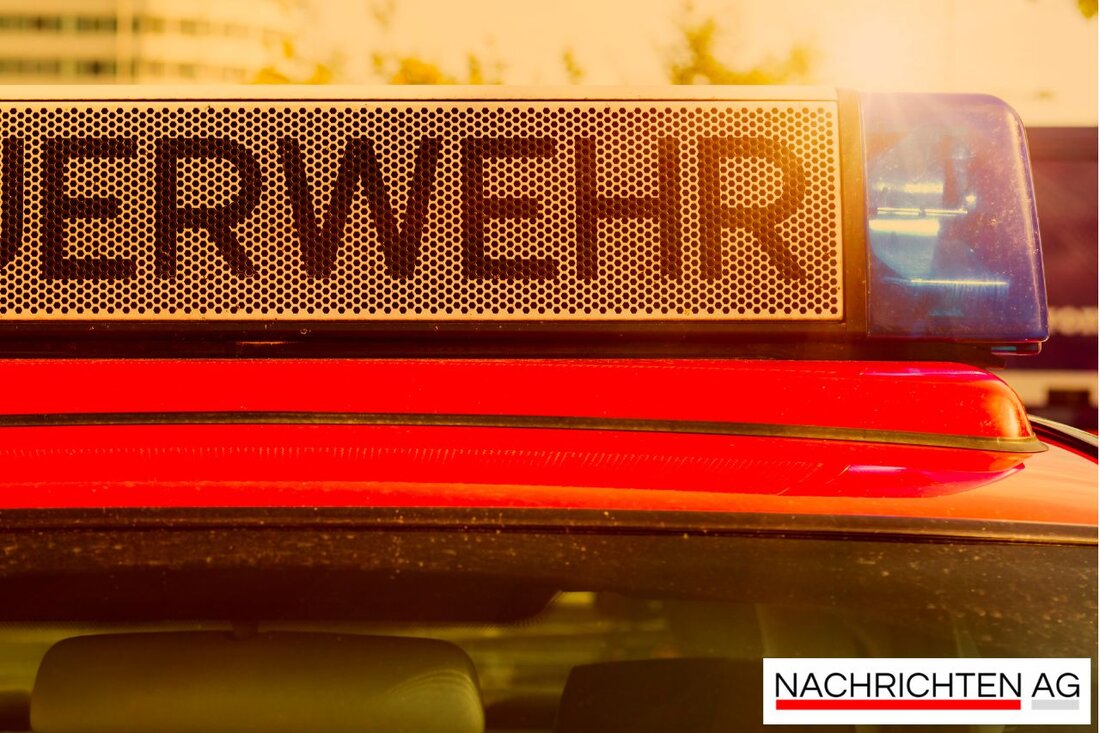Four years after the flood: This is how the Ahr Valley has changed!
July 14, 2025 marks the anniversary of the flood in the Ahr Valley. Those affected report the lasting change in their lives and the reconstruction.

Four years after the flood: This is how the Ahr Valley has changed!
July 14, 2025 marks the fourth anniversary of the tragic flood disaster in the Ahr Valley. This force of nature, which left a path of destruction in 2021, has not only changed landscapes, but has also had a lasting impact on the lives of many people. Those affected from the region report on their harrowing experiences and the long road back to normality. Lukas Sermann, winemaker from Altenahr, lost everything during the flood - his wine barrels, his restaurant, and his hall were completely affected. “After the flood, nothing was the same,” he sums up, but thanks to the tireless support of many volunteers, his winery has now been restored – a ray of hope in a dark chapter.
Silvia Groß from Ahrweiler also went through unimaginable things. She was rescued from her flooded apartment by a brave neighbor and is grateful that her husband survived. She too was caught up in the wave of helpfulness and is impressed by the many young people who helped with the clean-up. “I didn’t mourn my lost possessions,” she says, but the memories are sometimes painful. Given the need for better flood protection, there continues to be much to discuss in the community.
The path of reconstruction
Patrick Lichius, deputy fire chief of the Rech volunteer fire department, was on duty on the day of the flood to help people in need. “The community was strengthened by the flood,” he notes. Today he sees the fire department in a better position than it was back then, with more detailed operational plans. Even if the memories are painful, the people in the Ahr Valley try to come to terms with the events through their commitment. “We did it together,” adds Lichius.
Christiane Thul-Steinheuer from Bad Neuenahr-Ahrweiler has organized a rolling soup kitchen to provide helpers and older people with food and drink. Today it continues to provide a meeting place for society. Your work is not only a service, but also helps to heal the wounds. Despite the challenges, the community has shown solidarity and mutual support.
The school situation in the Ahr Valley
The situation at school looks similarly challenging. Max Golly and his mother Katja live in Bad Neuenahr and have had to set up in a container school since the flood. Max, a 9th grade student, has gotten used to the circumstances and describes the “crisis mode” that is now part of everyday life. The return to the renovated Are-Gymnasium is planned for fall 2027. For Max, the hope of returning to a real classroom soon remains strong, despite the adversities of reconstruction.
Those affected receive financial support from various sources. State funding from the state of Rhineland-Palatinate and the federal government covers up to 80 percent of the reconstruction costs. The Golly family has adapted their insurance to cover natural hazards and is anticipating a “Plan B” strategy for future challenges. “The Ahr Valley remains our home,” assures Jörg Golly, even if he and his family live in turbulent times.
A look into the future
Experts warn of possible worse floods in the future. A new publication from the German Institute for Urban Studies publishes guidelines designed to encourage communities to create sustainable and resilient structures. The project “After the flood disaster: opportunity for change” aims to see reconstruction not just as a return to normality, but as an opportunity for improvement. The guide offers recommendations for action and practical examples to prepare communities for future challenges.
Despite the enormous damage and the emotional burden, it is clear that the Ahr Valley is a community that sticks together, rebuilds and looks to the future with optimism. As the people here say: “Together we can rock it!”

 Suche
Suche
 Mein Konto
Mein Konto